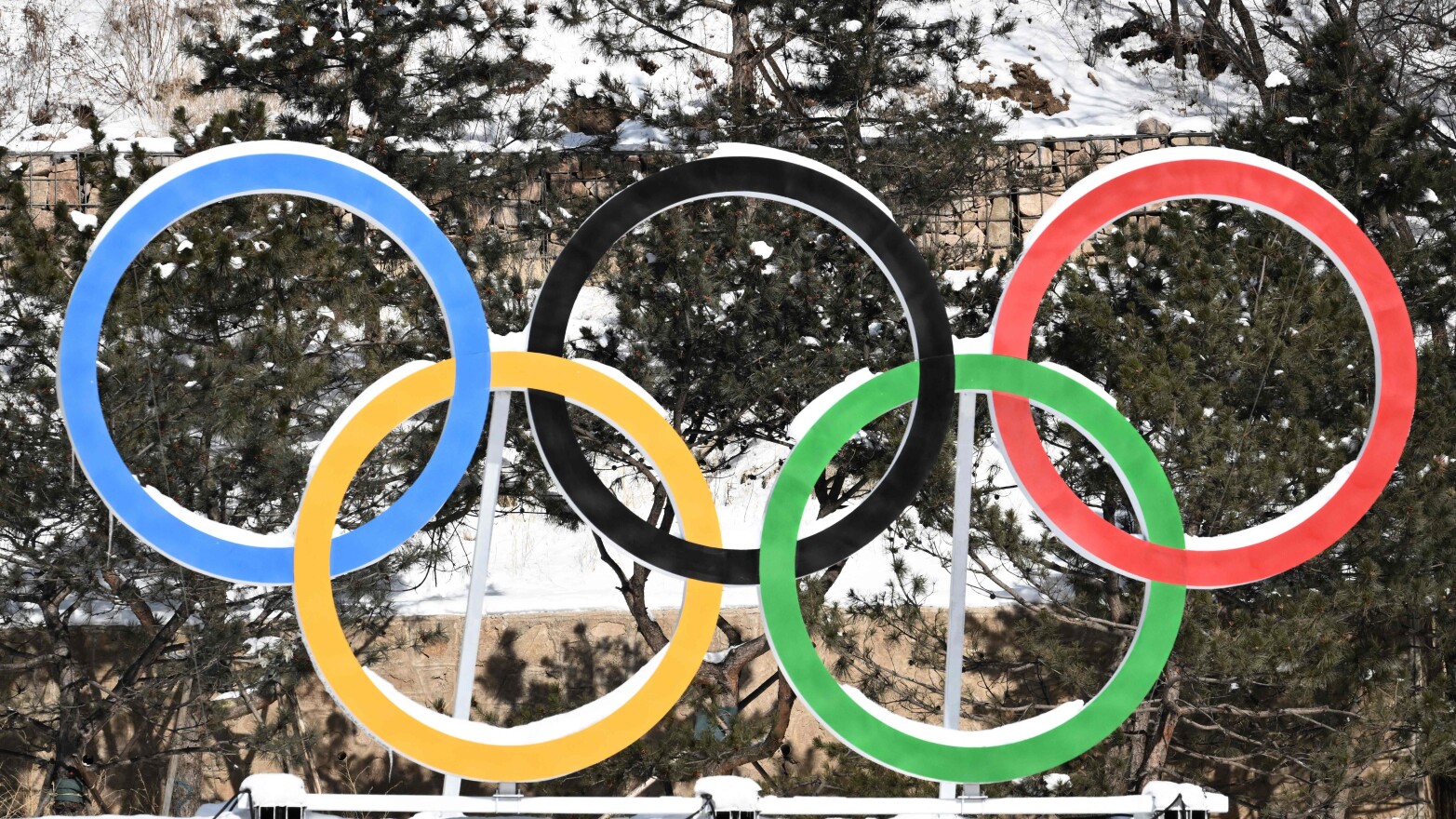BEIJING — Outside of the window of a passing train from Beijing to Yanqing are rows and rows and rows of trees.
This succession of perfectly arranged seedlings and saplings stretches for acres. Some look hardly more than three twigs tied together on the ground — and at serious risk of falling victim to a gust of wind. But at the base of each tree is a system of ropes and wood keeping them standing.
Much of this obviously recent tree planting is tied to the 2022 Winter Olympics. Authorities in Beijing and Zhangjiakou (locations for the Games' venues) said before the Games that they had planted more than 80,000 hectares (about 198,000 acres) of forest and green areas combined.
China is also in the midst of a years-long "greening" effort. Trees are being planted in and around Beijing to cut down on choking sandstorms from the Gobi Desert.
Put together, the Chinese government and Olympic officials paint the tree planting as a win for the environment and one that offsets climate change and carbon emissions from these Games.
The reality is much different, researchers and environmental experts say.
Coal and artificial snow raise environmental concerns
For one, China is notably reliant on coal powered energy, which has clear ties to a rise in greenhouse gas emissions. This month, the central government pledged to run coal power plants at full capacity. Officials even called on coal producers to ensure a steady supply of coal — or face "further investigation and accountability measures."
The Winter Olympics are using almost entirely artificial snow which requires large amounts of water and the use of chemicals — the health and environmental impact of which is still largely unknown.
The International Olympic Committee says it is prioritizing sustainability with its Summer and Winter Games. In practice, that hasn't been the case, according to researchers.
Sustainability in the Olympics has "significantly declined over time," according to one analysis of 16 editions of the Summer and Winter Games.
"Salt Lake City 2002 was the most sustainable Olympic Games in this period, whereas Sochi 2014 and Rio de Janeiro 2016 were the least sustainable," according to the report. It was issued before the 2022 Winter Olympics.
Trees at a nature reserve were transplanted to make way for the Games
Olympic host cities are required to show that they are carbon neutral. Beijing organizers pointed to tree planting and other efforts to reach that goal.
But to construct the National Alpine Ski Center in Yanqing, the Chinese government tore through the former central piece of the Songshan National Nature Reserve, a park founded to protect its dense forests, according to CNN.
This construction required the removal of nearly 20,000 trees over the course of a few years.

The Beijing Organizing Committee pledged to transplant those trees and topsoil to the north of the city. It claimed more than 90% of those trees survived the move.
A conservation expert says animal habitats could also suffer
By re-planting trees, the biodiversity unique to the Beijing area could suffer, according to Terry Townshend, an adviser to the Paulson Institute's conservation work.
"If not planned well, for example if non-native or single species are used of the same age and planted in straight lines, it is likely to be bad for biodiversity," he told NPR.
That's especially the case if the trees are planted in grassland, scrub or wetlands.
The leopard cat and the great bustard bird — two animals unique to the Beijing area — could lose their habitat by the indiscriminate planting of trees, according to Townshend.
"Beijing is an important stopover and wintering site for many migratory birds," he said. "Bustards are the equivalent of Boeing 747s — they are heavy, slow and need a large runway."
If their sought-after open areas are planted with trees — the great bustard may need to find another place to land.
"Beijing could lose these remarkable species," Townshend said.
NPR's Emily Feng contributed to this report.
Copyright 2022 NPR. To see more, visit https://www.npr.org.




